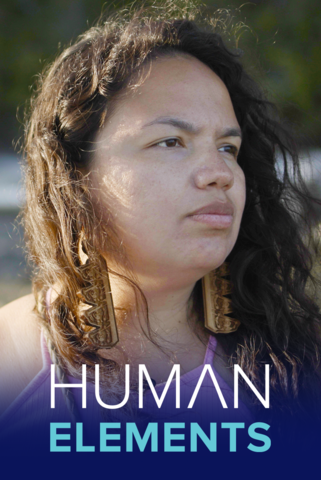Darnell Sam, Salmon Chief for the Confederated Tribes of the Colville Reservation, speaks about how his cultural relationship with first foods and being a steward of the environment are intertwined. As Sam bow-hunts for elk, he reflects on the changing landscape around him. “Our protocols are according within the language is incorporated to Mother Earth and all that she gives us. So there’s a relationship that’s intertwined,” Sam said.
Sam took to hunting at a very young age. His uncles took him hunting and showed him where to go. Through this he also came to understand how to take care of an animal and that that animal gave its life to put food on the table. “If we eat the first foods, and honor them, and take care of them accordingly, they will take care of us,” Sam said. He is also participating in a University of Washington EarthLab project called “Hunting for Healing,” an academic and Colville Nation collaboration seeking to examine traditional food sources in light of environmental changes.
Sam follows these foods through a yearly cycle when they are traditionally gathered. He says that because of climate change, roots and berries are coming at different times than in the past. “We have to, you know, find that balance where we can. Still honor the food that it gives itself up for us, but at the same time, we need some reassurance that that food is always going to be there,” he said.

